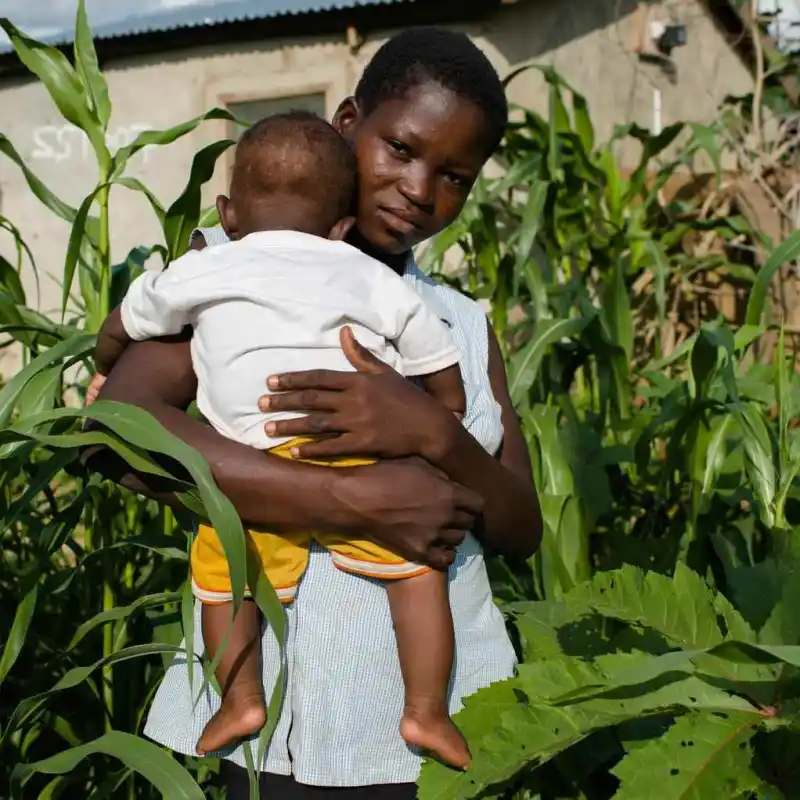Maternal Mortality and Morbidity Among Adolescents

Adolescent pregnancy is more widely spoken about today than it was a decade ago. However, a rather overlooked discussion on the topic of teenage pregnancy is the health-related and socio-economic consequences that often result in maternal morbidity or mortality. The WHO presents data which indicates that around ten million unintended pregnancies occur among girls ages 10-19 in developing regions, predominantly in East Asia and Central Africa. These pregnancies are known to be the leading cause of death among girls in this age group.
The causes of maternal mortality and/or morbidity among teenage girls are similar to those observed in older women. However, young girls, particularly those in marginalized communities, face a bigger disadvantage since they have little to no awareness about sexual and reproductive health. At the same time, mere awareness doesn’t support them in preventing such incidents, as most adolescents face barriers to accessing contraceptives due to laws or policies restricting their provision to minors.
The most commonly discussed causes of maternal mortality or morbidity in adolescents include unsafe abortions, which account for 75% of all maternal deaths among adolescents in Nigeria. Illegal abortions result in complications such as hypertensive disorders, maternal hemorrhage, and obstructed labor, which are cited as causes of adolescent maternal deaths. One of the most common cultural factors that is associated with child-bearing at a very young age is child marriage. Studies have shown that married women below the age of 18 are at a greater risk of being exposed to sexually transmitted diseases like HIV than unmarried girls.
Social inequalities on the basis of gender further decrease female adolescents’ control over their own reproductive health. Sexual violence is an example of how girls feel helpless in navigating their own body. As a result, unmarried pregnant adolescents face social consequences which may include stigma, rejection from parents and peers, or violence by their partner. Additionally, unsafe abortions could potentially result in cervical tearing and chronic pelvic infections, which are worsened due to the underdeveloped reproductive tract of such adolescents. Furthermore, teenage pregnancy and resultant morbidity jeopardize future educational opportunities, which can have lasting consequences for the future of both the mother and the child.
Mortality rates in younger women differ from one country to another with the status of socio-economic development playing a major role. Over the last two decades, efforts have been made to shed light on this subject with several programs and initiatives being launched. For example, Nepal introduced the Adolescent Girls Initiative for Reproductive Health to educate youth about delaying marriage and pregnancy. This platform increased awareness from 63% to 99% at the end of the project.
The important takeaway from this conversation is that while it is integral to support teen mothers and unmarried pregnant adolescents, it is even more important to educate young adults about the consequences of unplanned pregnancies. The focus must be placed towards supporting teen parents as opposed to supporting the idea of teen parents.
Sources:
https://bmcpregnancychildbirth.biomedcentral.com/articles/10.1186/s12884-016-1120-8#Sec10
https://pubmed.ncbi.nlm.nih.gov/2431924/
https://pubmed.ncbi.nlm.nih.gov/25102848/
https://www.who.int/news-room/fact-sheets/detail/adolescent-pregnancy
https://www.guttmacher.org/report/adding-it-up-investing-in-sexual-reproductive-health-adolescents-india